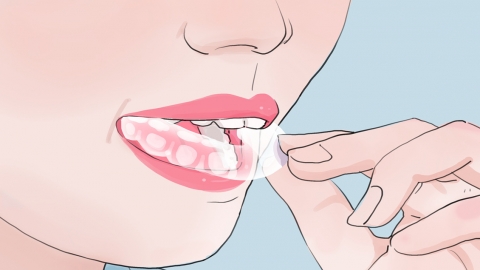Can orthodontic treatment improve an asymmetrical face (uneven facial sides)?
In general, whether orthodontic treatment can improve facial asymmetry (commonly known as "uneven face" or "one side of the face larger than the other") depends on the underlying cause. If the asymmetry is caused by abnormal tooth alignment or bite issues, orthodontics can usually help improve it. However, if the asymmetry results from uneven skeletal development or facial muscle imbalance, orthodontic treatment alone is unlikely to produce significant improvement. Detailed analysis is as follows:

If facial asymmetry is caused by dental problems—such as unilateral crossbite, misaligned bite, or long-term chewing on one side leading to imbalanced development of facial muscles, or crooked teeth affecting facial contours—orthodontic treatment can correct the bite relationship and restore normal chewing habits. This gradually improves facial muscle symmetry and alleviates the appearance of an uneven face.
When facial asymmetry is due to skeletal discrepancies or muscular factors, orthodontics can only adjust tooth positions and cannot alter bone structure or muscle volume, thus offering limited improvement. In such cases, additional treatments like orthognathic surgery or facial muscle exercises may be required.
During orthodontic treatment, it's important to consistently chew evenly on both sides of the mouth to avoid worsening facial asymmetry through one-sided chewing. Additionally, maintain excellent oral hygiene by using tools such as water flossers and dental floss to clean between teeth, attend regular check-ups, and follow your dentist’s or orthodontist’s adjustments to ensure optimal treatment outcomes.




